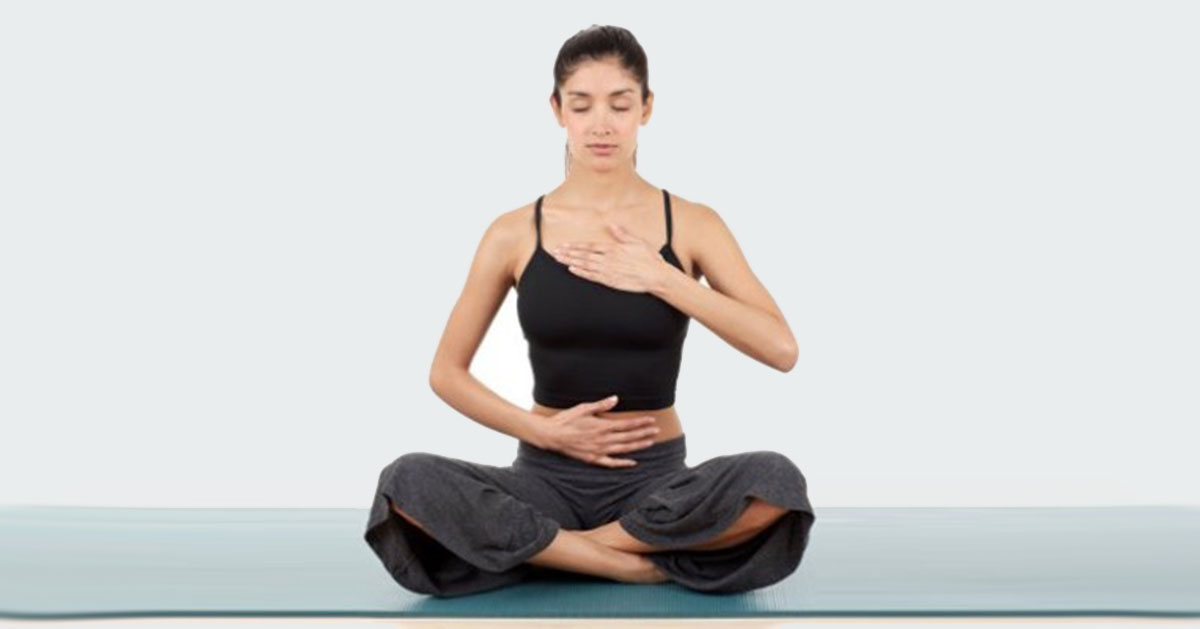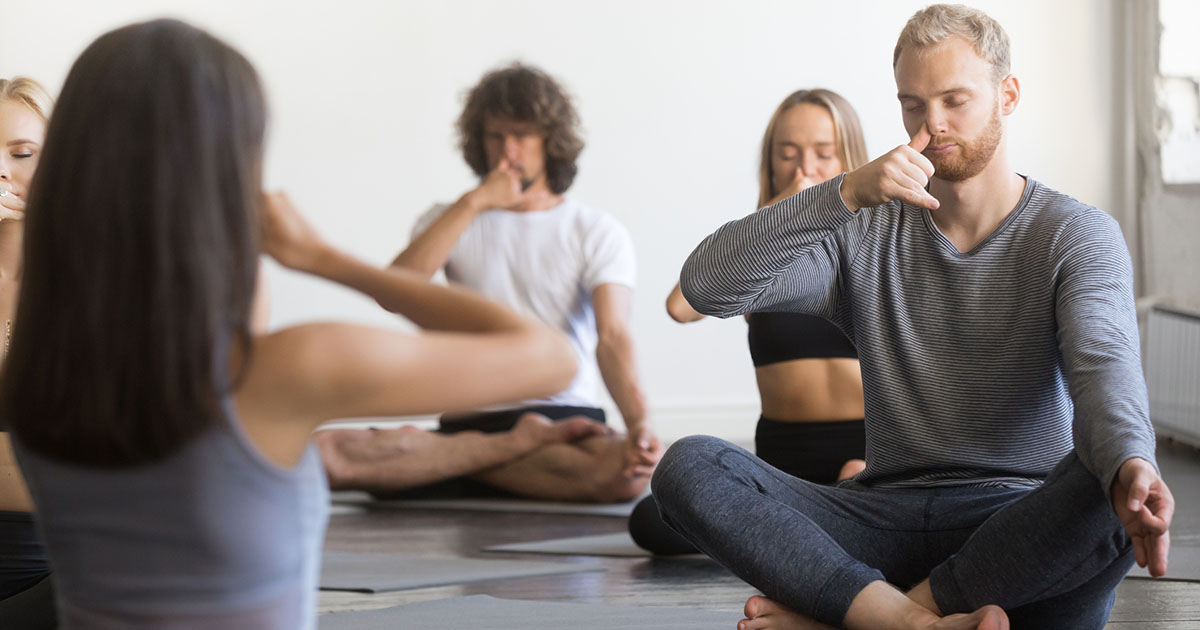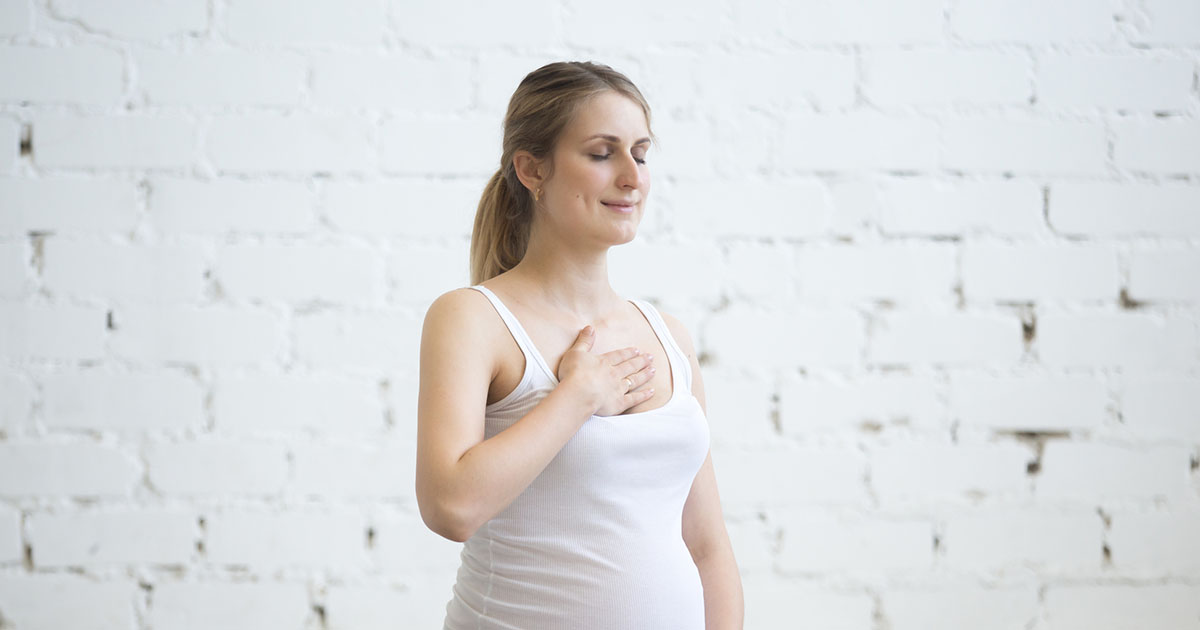Breathing Exercises That Can Be Used To Reduce Stress
Many people do not think about breathing much throughout the day, the week, or the year. Although it is not often thought of, breathing is necessary for survival and is an essential part of our existence. However, breathing can also be used as a tool to reduce feelings of stress and anxiety. That’s right; many breathing exercises can be used to benefit mental and physical health!
It is vital to start with belly breathing or the abdominal breathing technique to effectively begin learning these breathing exercises.
Abdominal Breathing Technique

The abdominal breathing technique is the basis of all breathing exercises. To begin, sit down in a comfortable position, putting one hand on the chest and the other on the belly, and take a deep breath in through the nose. Make sure the diaphragm inflates fully to create a slight stretch in the lungs. The breath should push the hand on the stomach out, while the other hand on the chest does not move.
Try getting six to ten slow, deep breaths per minute for approximately ten minutes every day. There may be immediate benefits such as reduction in heart rate and blood pressure, and after six to eight weeks of regular practice, the advantages may become even more apparent.
The abdominal breathing technique works best before any event with the potential to cause stress. Now that you know how to complete the abdominal breathing technique, keep reading to learn many other breathing techniques that will help relieve stress.
Alternate Nostril Breathing

Alternate nostril breathing is more commonly known in yoga as Nadi shodhana. However, it is not just used when practicing, but can be used to help relieve feelings of anxiety and stress.
To begin alternate nostril breathing, sit comfortably on the ground, a pillow, or blanket. Rest the left palm gently on the left knee, and raise the right hand to the nose. Using the right thumb, gently close the right nostril and begin inhaling slowly through the left nostril. When the breath reaches its peak, close the left nostril with the ring finger. Pause for a few seconds, then exhale slowly through the right nostril.
Continue alternating which nostril is used to breathe, repeating the pattern eight to ten times. When completed, ease back to normal breathing.
After trying alternate nostril breathing, continue to find out how to do fourfold breath.
Fourfold Breathing

The fourfold breathing technique is known as a method of rhythmic breathing that can help calm the body and clear the mind. The fourfold breath is easy to do and can be used as a warmup before meditation or yoga, or to gain clarity or reduce stress in times of panic.
To begin, inhale a full breath through the nose for a total of four seconds. Hold it for an additional four seconds and then completely exhale for another count to four. Now keep the lungs empty for another four seconds and repeat back from the start. Do ten to twenty times, or until you begin feeling calm and less anxious.
To master the fourfold breath, learn how to breathe both into the abdomen and into the upper part of the chest. Next, learn which breathing exercise can help you as soon as you wake up.
Morning Breathing

As the name suggests, morning breathing is a great breathing technique to use first thing in the morning. It is used to help clear obstructed breathing passages and relieving muscle stiffness. Morning breathing can also be used throughout the day to relieve some tension in the back.
Begin in a standing position, bending forward at the waist with knees slightly bent and arms dangling to the floor. Inhale slowly and deeply, returning to a standing position by rolling up slowly, lifting the head last. Hold the breath for a few seconds in standing position and exhale slowly, returning to the original position.
Keep reading to discover the 4-7-8 technique for belly breathing.
4-7-8 Breathing

This breathing technique is another belly breathing technique used to help relax and to reduce stress. 4-7-8 breathing can be done either sitting or laying down. To begin, rest one hand on the belly and the other one on the chest, similar to the abdominal breathing technique. Take a slow, deep breath from the stomach, and count to four while inhaling. Hold the breath and count up to seven, then exhale while counting up to eight. This technique should be repeated five to ten times, or until you begin relaxing and feeling calm.
Keep practicing breathing techniques every day to maximize the benefits and effects.